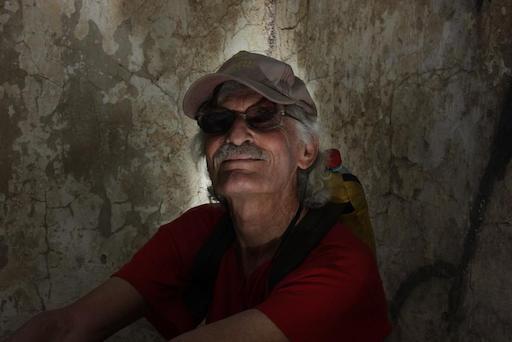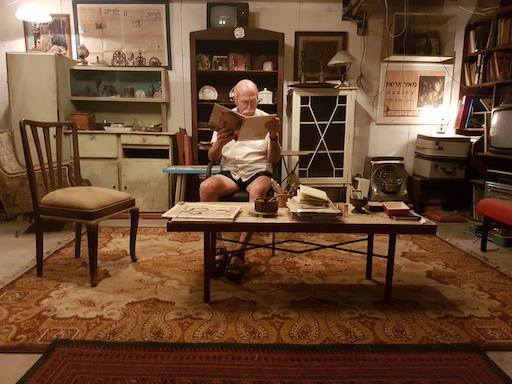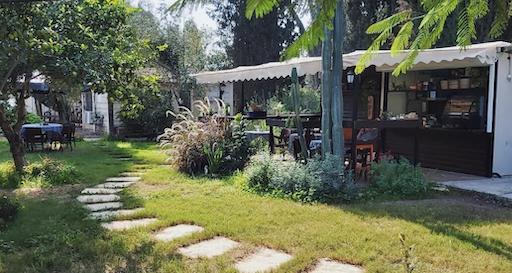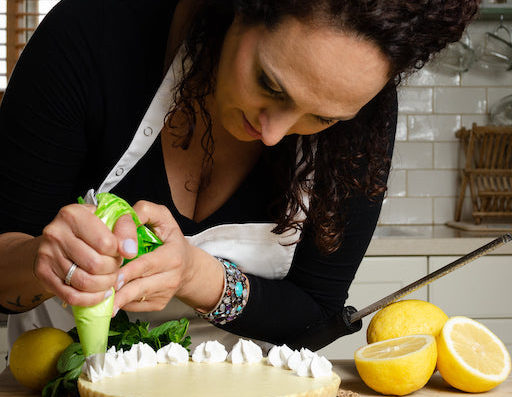Kibbutz Givat Hashlosha was initially considered one of the largest kibbutzim in the country. But the city that surrounded it, Petah Tikva, also grew at a dizzying pace and when the city began to close on the kibbutz from all sides in the 1950s, it was decided to move its location to agricultural land east of Petah Tikva.
At the same time, Mapai members (socialist political party) withdrew from Givat Hashlosha and established another Kibbutz named Einat in the great split in the kibbutz movement. As part of the split, the kibbutz shoe factory was also split and each kibbutz set up its own shoe factory. One manufactured the right foot, and the other manufactured the left 😉 In 1972 Givat Hashlosha (Noga) shoes and Einat shoes merged in 1972 into a joint show manufacturing company and today Noga-Einat is one of the largest companies in the country for the production and marketing of safety, work and military shoes.
Visit Kibbutz Givat Hashlosha
In the center of the kibbutz and in the heart of a flourishing garden, you can enjoy the pastoral atmosphere of the “Meshek Cafe Poalim”. On Saturdays, you can also order (in advance) real handmade “Jahnun” from Galita’s Homemade Cooking, rumored to be the best in the area.
For dessert you can contact Mor from Mor & More Handmade Vegan Desserts who creates amazing vegan desserts, conducts dessert workshops (and also vegan cheese-making workshops).
In one of the old chicken coops, you’ll find the Givat Hashlosha Museum displaying artefacts from the Kibbutz’s History. If you’d like a guided visit to the Museum with lots of archeological insights and a personal kibbutz tour, contact kibbutz member Yitzhak Meyuhas.
Once, before the kibbutz moved, the people of Petah Tikva went up the hill to visit Kibbutz Givat Hashlosha. Today Petah Tikvians come down the hill to dive in the kibbutz swimming pool, which, among other things, has been hosting the city’s water polo teams for years.
By the way, if you happen to be on Arlozorov Street in Petah Tikva, right in the city center, you will see the original dining room of Givat Hashlosha, once an iconic Bauhaus building in the kibbutz movement – a meeting place for kibbutz meetings, plays, and other cultural and social events. Over the years it served as a youth hostel, a geriatric institution and even yeshiva, but today the building stands abandoned on top of the hill and awaits the coming of the Messiah to restore its glory.
Photo: Kibbutz Givat Hashlosha





